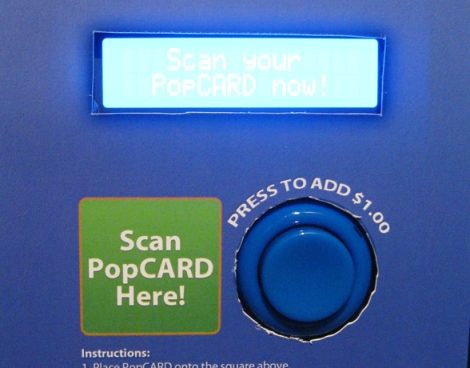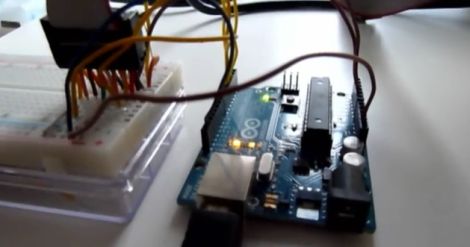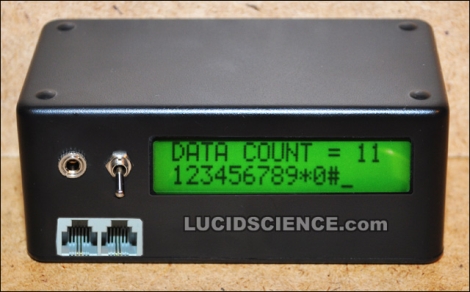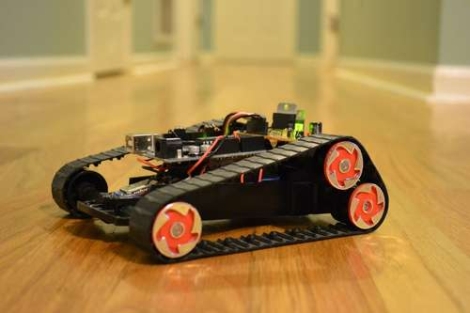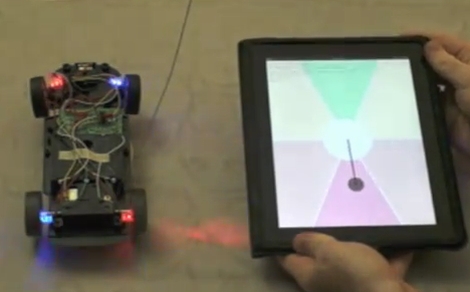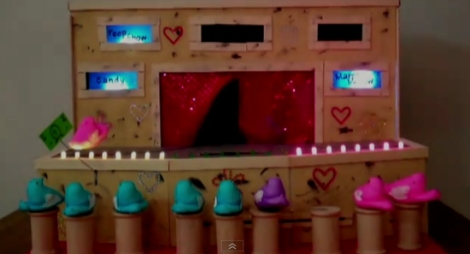
With Easter quickly approaching, [Kyle] decided to finally build a project that is as tasty as it is wrong.
Behold, the Animatronic “Peep” show! Using nearly a dozen marshmallow Peeps, he constructed a stage for his “performers” and a seating area for their “clients”. The structure was built mostly from balsa wood and foamboard, featuring a retractable curtain, stage lighting, and music.
Once triggered, the embedded Arduino gets to work animating the stage lights and blaring “Cherry Pie” while the sugar-coated onlookers await their entertainment. The curtain is drawn back and a trio of winged dancers emerge one by one, ready to entertain the crowd. The onlookers even offer up dollar bills to the dancers via a servo-mounted arm.
The project uses a total of 10 servos driven by the Arduino, along with an audio decoder chip to provide the proper ambiance for the marshmallow debauchery. [Kyle] says that he put together about 650 lines of code to get the whole thing running, but there doesn’t seem to be any way to download it at the moment – hopefully we’ll see something posted soon.
It might not be high-brow, but it sure beats blowing up old, stale Peeps in the microwave!
Stick around for a trio of videos demonstrating the Peep show as well as revealing some of the stage’s inner workings.


